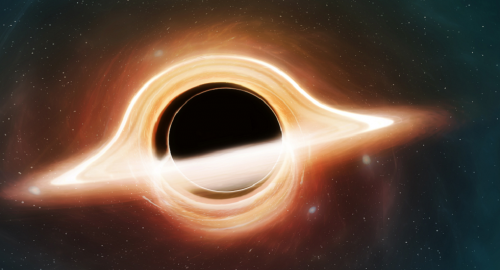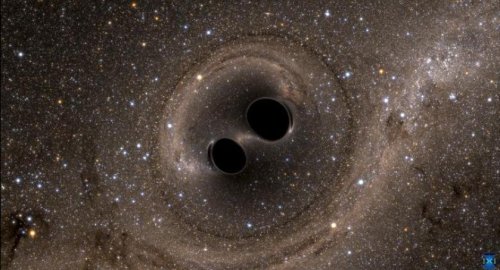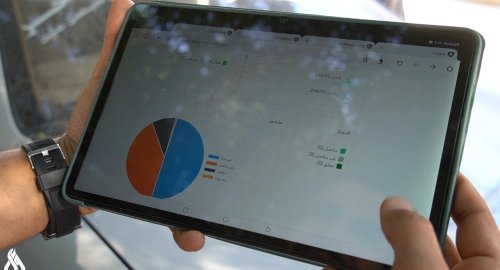
NASA animation simulates falling into a black hole

Multimedia
- 8-05-2024, 11:52
INA- sources
NASA has produced a mind-bending video simulating what it would like if you were to plunge into a black hole.
It’s based on understanding of gravitational effects around these mysterious powerful objects.
“People often ask about this, and simulating these difficult-to-imagine processes helps me connect the mathematics of relativity to actual consequences in the real universe,” says Jeremy Schnittman, the astrophysicist at NASA’s Goddard Space Flight Center who created the visualisations.
Exercise in theory
No one has ever been to a black hole, hence the visualisations being based on our knowledge of gravity as explained by Einstein’s General Theory of Relativity. Until 2019, we’d never even been able to take a picture of one. And we’re not likely to make it to a black hole any time soon – the nearest, Gaia BH1, being 1,500 light-years away.The simulation makes clear that one wouldn’t want to get too close anyway.
“So, I simulated two different scenarios: one where a camera – a stand-in for a daring astronaut – just misses the event horizon and slingshots back out, and one where it crosses the boundary, sealing its fate,” Schnittman says.
The video below shows the second scenario.
In the starring role is a supermassive black hole with a mass 4.3 million times that of our Sun, the same size as the behemoth at the centre of our galaxy. It’s event horizon – the point at which not even light can escape the black hole’s gravitational pull – is about 25 million km from the black hole. That’s about one-sixth the distance between Earth and the Sun.
Around the black hole is an accretion disc – a swirling cloud of hot gas. As the camera falls closer to the black hole, photon rings appear, formed by light which has orbited the object one or more times.
Cosmic pasta maker
Funnily enough, Schnittman says the smaller black holes are the ones to watch out for.“If you have the choice, you want to fall into a supermassive black hole. Stellar-mass black holes, which contain up to about 30 solar masses, possess much smaller event horizons and stronger tidal forces, which can rip apart approaching objects before they get to the horizon.”
This process is given the splendid name, “spaghettification.” It occurs because the gravitational pull on the end of an object nearer the black hole is much stronger than on the other end. As a result, an object falling toward the black hole is stretched out like spaghetti.
The videos begin when the camera is nearly 640 million km from the black hole. The sped up simulation would take 3 hours to complete in real time.
It’s all over very quickly once the event horizon is crossed.
“Once the camera crosses the horizon, its destruction by spaghettification is just 12.8 seconds away,” Schnittman explains.
In the scenario where the camera survives after bouncing off the event horizon, strange things also happen with time. If the camera was operated by a cameraperson, they would return to their fellow astronauts who would have aged an extra 36 minutes compared to the camera operator. This is because time moves more slowly in the extreme gravity around a black hole.
Computational nightmare
Creating the visualisations was a task in itself.To produce the simulation, Schnittman teamed up with fellow Goddard scientist Brian Powell and used NASA’s Discover supercomputer.
The project required about 10 terabytes of data and took about 5 days to run, using just 0.3% of Discover’s 129,000 processors. Running the same simulation on a standard laptop would have taken more than 10 years.
source: COSMOS












